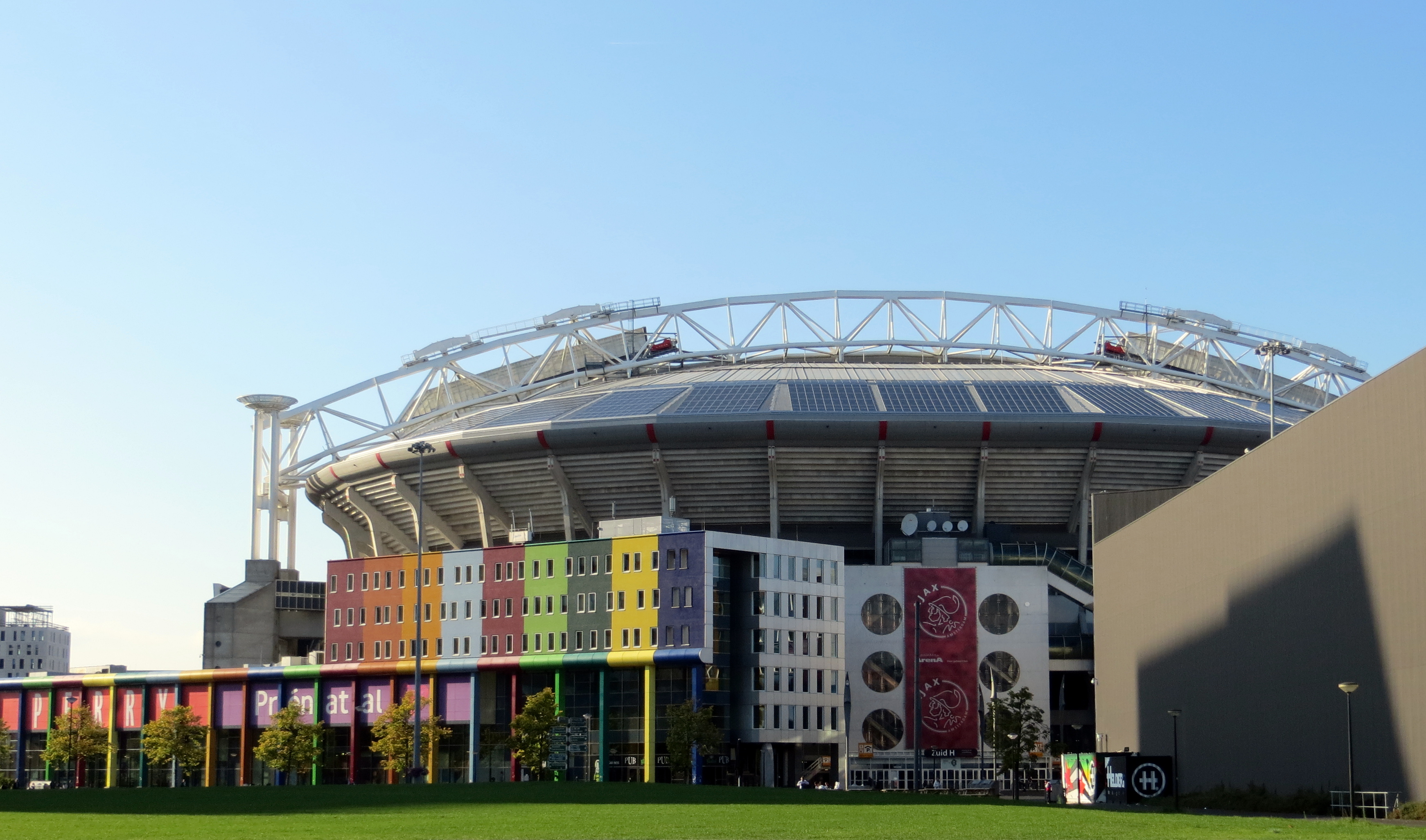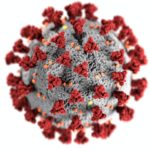From: Dorine Duives (TU Delft) & Eelco Thiellier (gemeente Amsterdam)
Last edited: 26 June 2020

The first Amsterdam living lab is located at the Johan Cruijff Boulevard, which is a long wide pedestrian boulevard that connects between Bijlmer station to three large event venues and a shopping mall, namely the Johan Cruijf Arena, the AFAS Live, the Ziggo Dome and Woonmall Villa Arena. These event venues can jointly host 77,990 spectators (54,990 + 6,000+ 17,000). During triple-event nights, which occurs several times per month, it occurs that all event venues host events during similar time-slots. Since a large part of the spectators travel to these venues by public transport, this requires a lot from the Johan Cruijff Boulevard and adjoining Bijlmer & Duivendrecht stations.
Objective ArenA living lab
The aim of this living lab is to showcase and evaluate the use of the CityFlows Crowd Monitoring Decision Support System (CM-DSS) for its usage during large sports events. This application has several special features in comparison to most public events. These sport events have a fixed start and end times, a vast heterogeneous population of spectators and a vast group of spectators who travel by of public transport towards the venue.
COVID-19 mitigation strategy
The four UEFA EURO 2020 soccer matches that were supposed to be hosted in Amsterdam in June and July of 2020 have been postponed to 2021. As such, the activities of CityFlows featuring this living lab are partly postponed until 2021, for which funding is still being arranged. We hope to still be able to showcase and evaluate the CityFlows CM-DSS during the weeks of the rescheduled soccer matches between June 13th, 2021 and June 26th, 2021.
In the meantime, the living lab itself is completely prepped for the crowds to return. Crowd monitoring systems have been installed and the testing of the system has commenced. A first preliminary evaluation of the systems use and impact on crowd management will occur in 2020.
Current status living lab
The procured crowd monitoring system now features 2D sensors that will be further built up using data sources and various other types of digital sensors. All are combined to derive the ‘traffic state’ on the Johan Cruijff boulevard. The sensor and data network will feature, amongst other things, automated counting systems, Wi-Fi sensors, social media crawlers and RFID tag sensors and data form partners e.g. the station. The CM-DSS will connect to the aggregate information pertaining the crowd captured by ProRail at the surrounding train stations Bijlmer and Duivendrecht station. In addition, counting information from the parking lots is unlocked in order to get an estimate of the flows into the area from the parking lots. For more information on the functioning of the sensors see here. The exact location of all sensors will be identified at the moment they become active on the open-access interactive map of the municipality of Amsterdam.
Even whilst COVID-19 was forcing The Netherlands into a ‘smart lockdown’, the partners of this living lab have been working on the operation of the CM-DSS in this living lab in light of CityFlows. Despite the COVID developments, it was decided to continue the installation of the monitor sensors, to facilitate a safe and fast reopening of the area. The system is installed. We will work hard to connect the CM-DSS to the monitoring system and start calibrating the CM-DSS. In the meantime the monitoring systems in this living lab will be adopted to monitor the ‘safe’ capacity of the Johan Cruijff boulevard in the 1.5meter society in the months ahead.

